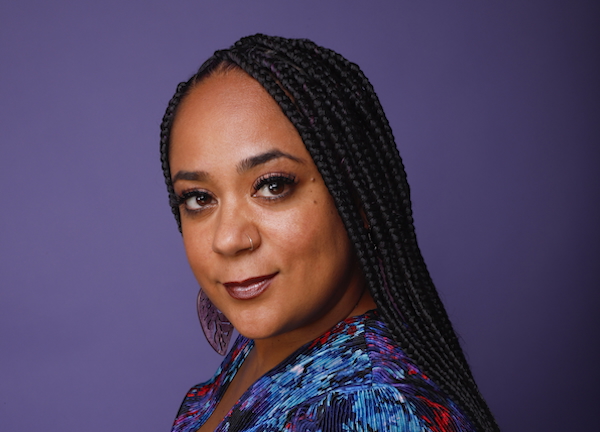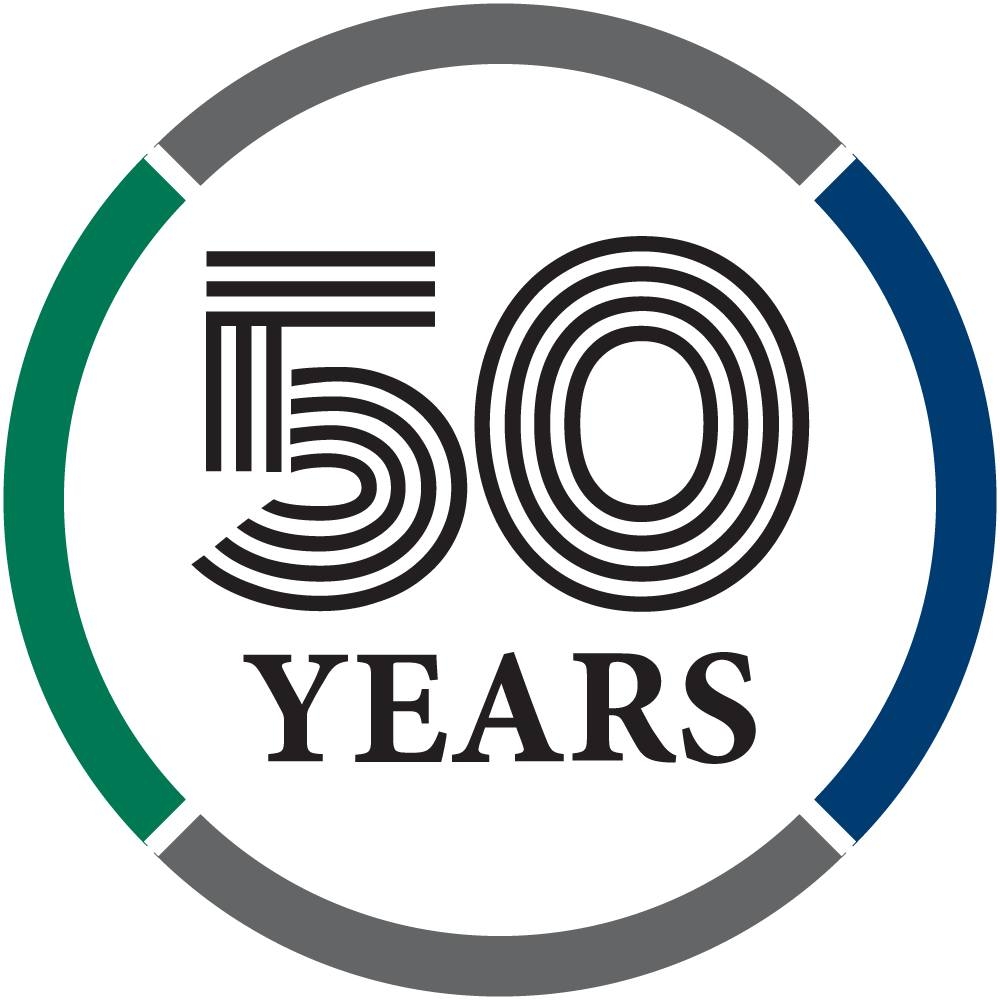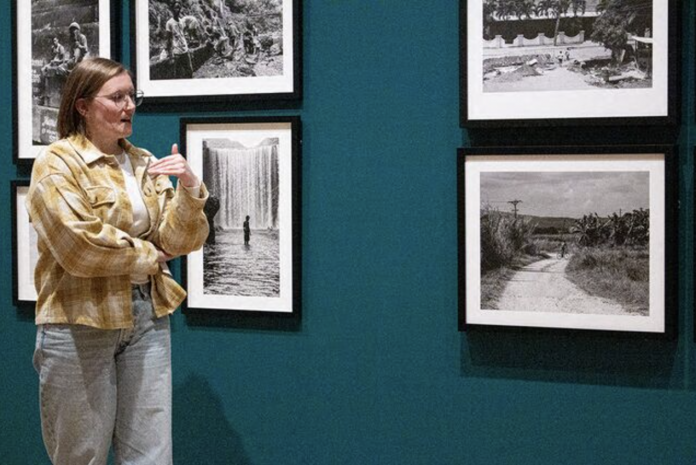An ambitious project nearly a decade in the making, Toronto-based artist Christina Leslie uses innovative photography techniques to tell a story about Jamaican history and culture in her latest piece, Likkle Acts.
Likkle Acts challenges conventional narratives through experimental storytelling, incorporating elements of language, history and cultural identity.

Leslie explained that the exhibition’s title draws inspiration from a Jamaican proverb, popularized by Bob Marley, called Small Acts, but infused with Patois speech.
“We don’t say the word little, we say likkle,” said Leslie. “ So I thought there’s all these little series that are making a big show, all these different projects, but then I thought of the word acts as an accent of play.”
The idea was that the photographs serve as small acts of resistance against oppressive systems and institutions that have silenced marginalized voices in Jamaica. The title conveyed this message, thus creating the Likkle Acts.
The exhibition was first publicly displayed at the Robert McLaughlin Gallery (RMG) last November. However, on Jan. 16, a curator walk-through, led by Hannah Keating, allowed audiences to gain a deeper understanding of Leslie’s artistic vision.
Leslie acknowledged that curatorial collaboration can be challenging, but working with Keating was a seamless experience.
“We just had many conversations over the year,” said Leslie, discussing the process and collaboration she and Keating went through when figuring out what arrangements would work best for them.
“She’s going to match my vision and I’m going to give her the control she needs to show that vision.”
Keating expressed enthusiasm for working with diverse artists and sharing new perspectives with the public. As a curator, she explained her job is to support artists in executing their concept while navigating through challenges like budgets and time restraints.
“Any number of obstacles might come into the picture when you’re creating something new,” Keating wrote in an email. “Artists take the lead here, but it can be really helpful to have a sounding board and any solutions they come up with have to work within the parameters we (the gallery) have set up for the show.”
Keating believes art can act as a mirror that can reveal things the audience doesn’t recognize or overlook. She expresses how each person will have their perspective and opinion for each story an exhibition has to offer.
“I hope the layered stories Christina unveils and shines a light on in her ‘Sugar Coat’ series are understood as deeply influential global histories that continue to impact our world today,” Keating added.
Because the project took a significant amount of effort to complete, Leslie provided a list of images she wanted to display the most to Keating, who then worked with the artist to determine which themes and elements would be most effective in each room of the gallery.
For instance, both the curator and the artist agreed that the Sugar Coat collection deserved its own space because of how distinct it was from the other works in the show. The collection uses sugarcane paper for her photographs while also telling a story of sugar and slavery in Jamaica.
The Sugar Coat collection took her four years to complete due to travelling back and forth between locations and documenting her work. She wanted to change the original perception the public had of the transatlantic slave trade and expand it beyond an African American perspective.
“ I wanted to think about how I could talk photographically, but without photographing sugar,” said Leslie. “ We forget that there is an entire Caribbean of people who were displaced and enslaved for sugar cultivation. That story gets relegated to a footnote.”
Meanwhile, the upstairs room displaying the artist’s black-and-white profile pictures and pinhole photographs created an exciting contrast between still images and dynamic blurred ones.
Leslie explained her desire to find a way to incorporate more representation of the Caribbean and Black diaspora in contemporary art, aiming to connect its history with her own cultural identity.
“ I’m always thinking about representation and the gaps we learn in other people’s narratives,” she said. “ For me, that was important to bring awareness and highlight this history. It’s a history between many different islands of the Caribbean that we share.”
The reception for the exhibit has been overwhelmingly positive since it was first opened to the public, according to Keating. However, Leslie revealed her intention to take a break from pursuing another project that demands considerable labour and is exploring new ways to express her artistic vision.
“ I am moving more in a different direction because I’m also starting to add film,” said Leslie. “ I am still kind of continuing with my pinhole stuff, not about Jamaica, but other places.”
Leslie has an upcoming exhibit in May that will showcase more of her pinhole camera work from various places she has travelled to, and she will continue to discover new and innovative ways to portray her creations.
“ I think my practice will always incorporate that way of thinking like photo and film and how can I reinvent the wheel,” she said. “ But I think in terms of theme, I might just put down some parts away and kind of move into a direction that feels more filmatic.”




